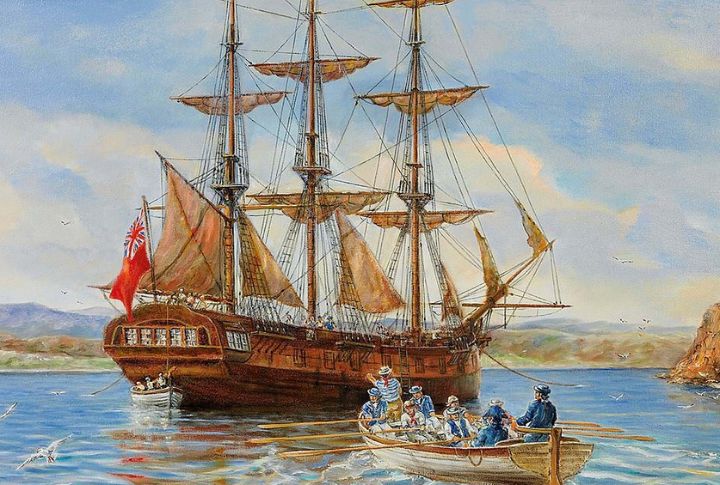
It’s a name known worldwide, stamped on passports, shouted at sports events, and wrapped in national pride. But where did it come from? This isn’t a case of random labeling or simple coincidence. The story behind it is surprising and rarely discussed in textbooks. Let’s pull back the curtain on the origin of Australia, a name you’ve heard your whole life.
Latin Roots
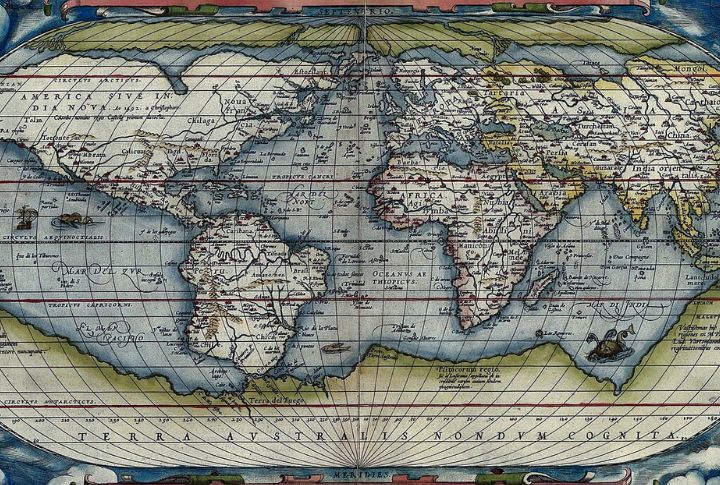
Have you ever wondered why the name Australia sounds so elegant? Credit goes to the Latin word australis, meaning “southern.” Ancient geographers believed a great land existed below the equator. “Terra Australis” was their best guess. Macrobius charted it in the 5th century, which gave birth to a name that would outlive his map.
A Mythical Continent On Early Maps
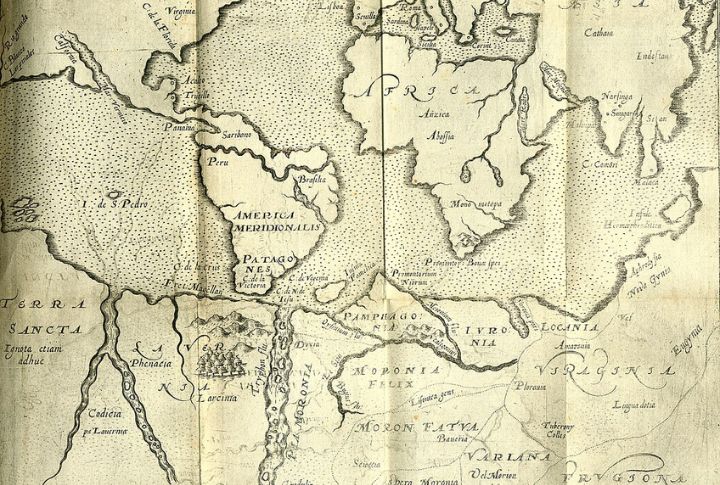
What if the world needed balance? That’s what 15th-century cartographers believed, so they penciled in Terra Australis, a mythical land meant to even out Earth’s geography. It appeared on maps long before Australia was explored. People searched for it, which proves that belief sometimes outruns discovery.
Indigenous Names
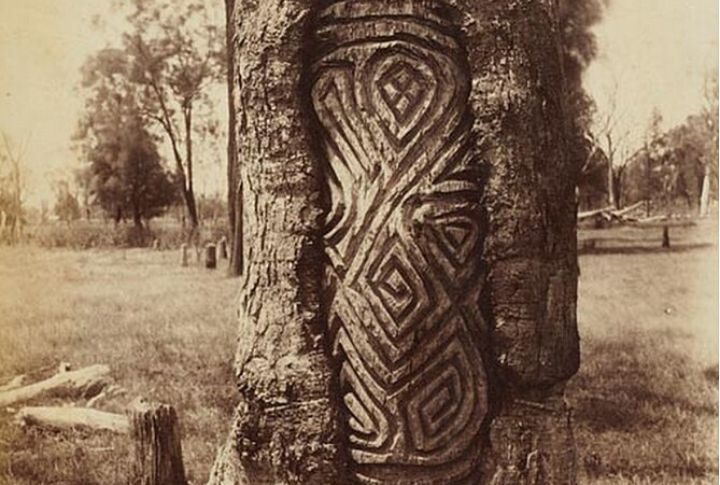
Long before maps said “Australia,” the land already had names—hundreds of them. Indigenous groups named every region and rock, which reflects deep cultural ties. Europeans once borrowed Ulimaroa, but it didn’t last. Today, more of those original names are returning.
Dutch Exploration And Naming Claims
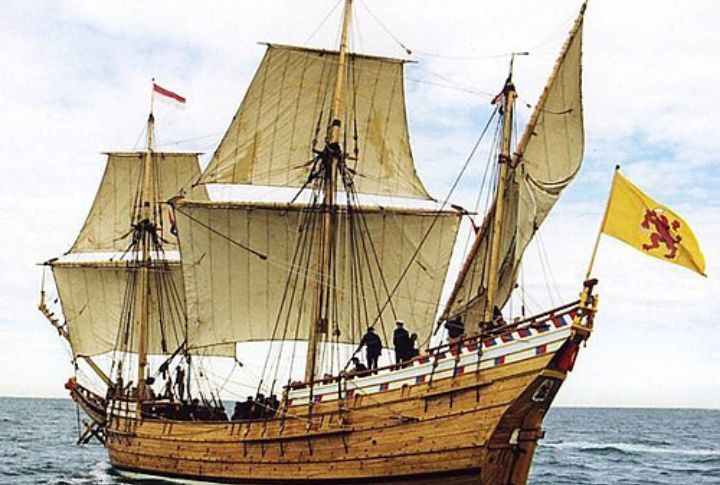
Dutch ships reached Australia’s coastlines in the 1600s and charted vast sections of the west and north. They named it New Holland with pride, then sailed away. No settlements, no colonies, just maps and claims. Strange how much influence you can leave behind just by drawing the edges.
Flinders’ Prison Map
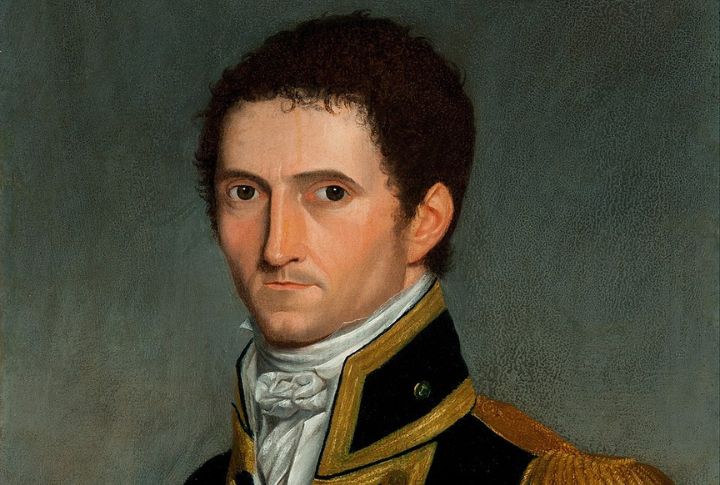
Imprisonment isn’t where you’d expect history to be made, but Matthew Flinders, locked up in Mauritius in 1804, drew a map and boldly labeled the continent “Australia.” He preferred the name and then championed it. “Australia” was shorter, cleaner, and in his view, far better than Terra Australis.
Proving It Was One Land
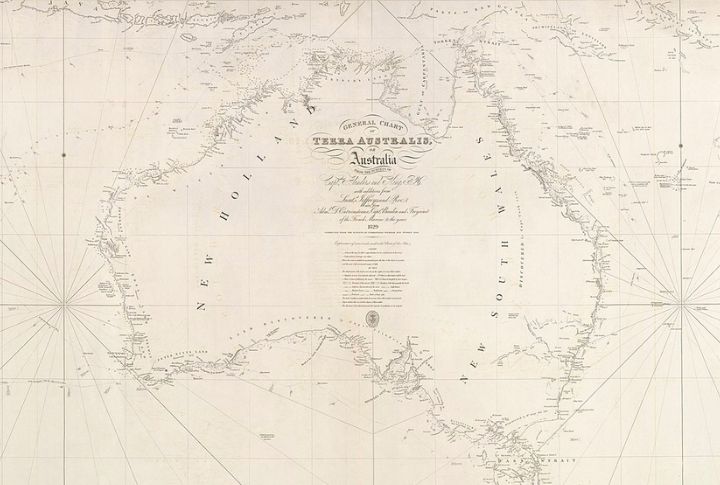
After naming it, Matthew Flinders then proved it was one big island. He circumnavigated the entire coastline and created detailed charts that became essential reading. That work helped popularize the name he believed in. His legacy still lives on in regions and even statues. Not bad for a sailor, huh?
Macquarie Officiated It
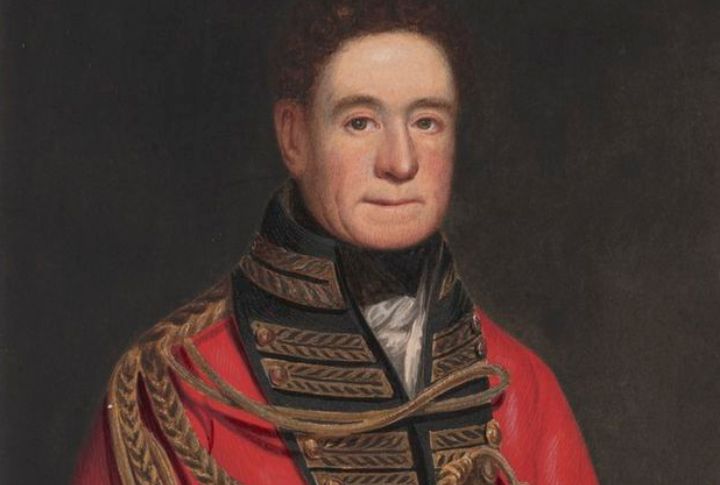
In 1817, Governor Lachlan Macquarie of New South Wales sent a formal request: let’s call this place Australia. The British Admiralty gave its nod by 1824. By 1830, the Australia Directory had hit the presses. Bureaucracy may be slow, but in this case, it nailed the branding.
Britain’s Colonial Rebranding
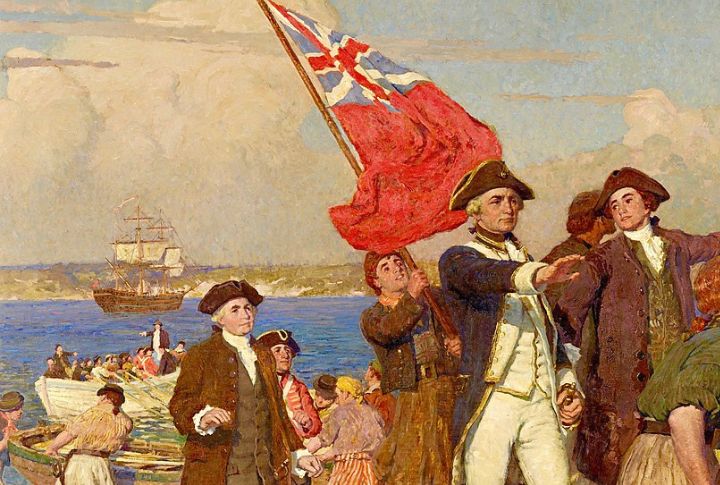
Names carry weight, especially for empires. As Britain’s colonial grip expanded, so did the need for a title not tied to Dutch history. “Australia” brought unity and clarity to a scattered set of colonies. In parliamentary records and administrative letters, it gradually edged out New Holland.
The Asthralaya Hoax
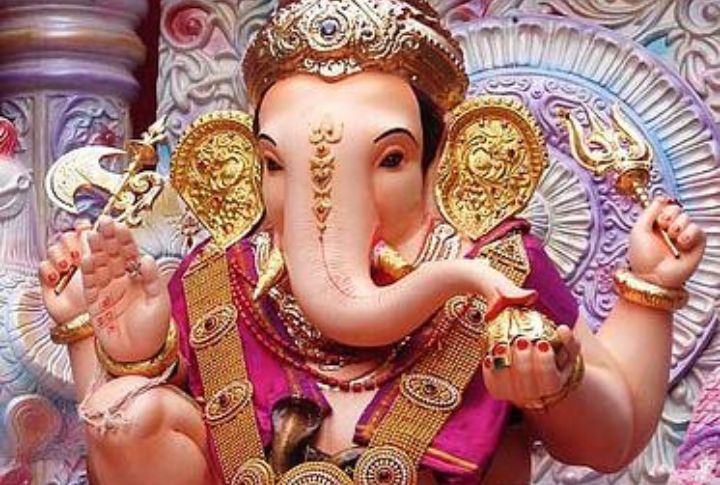
It was never called Asthralaya. A few internet posts claimed it meant “armory” in Sanskrit and tied it to Hindu mythology, but that’s just storytelling. Factly (2022) and others have thoroughly fact-checked it. Australia’s real name story isn’t mystical but Latin. Asthralaya is a cool name, though. It might work for a video game.
Nicknames That Stuck
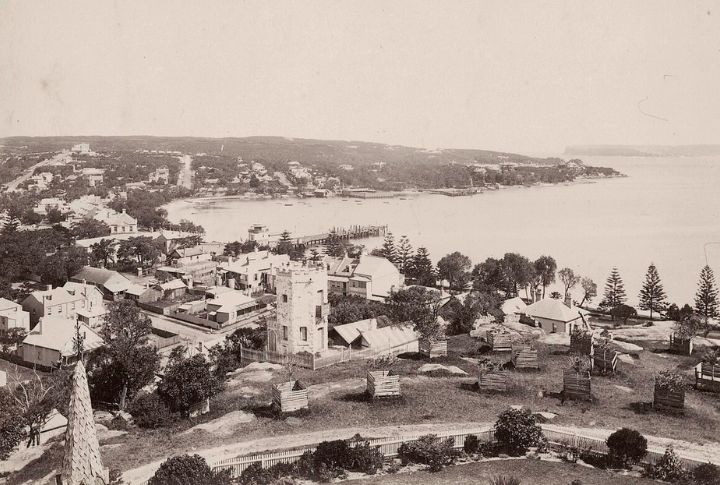
Oz, Down Under, Aussie—they sound fun, but they came much later. Down Under gained traction in the 1800s, while Oz emerged in the early 20th century. Aussie also became a favorite at home and abroad. Nicknames like these often say more than formal titles ever could.

